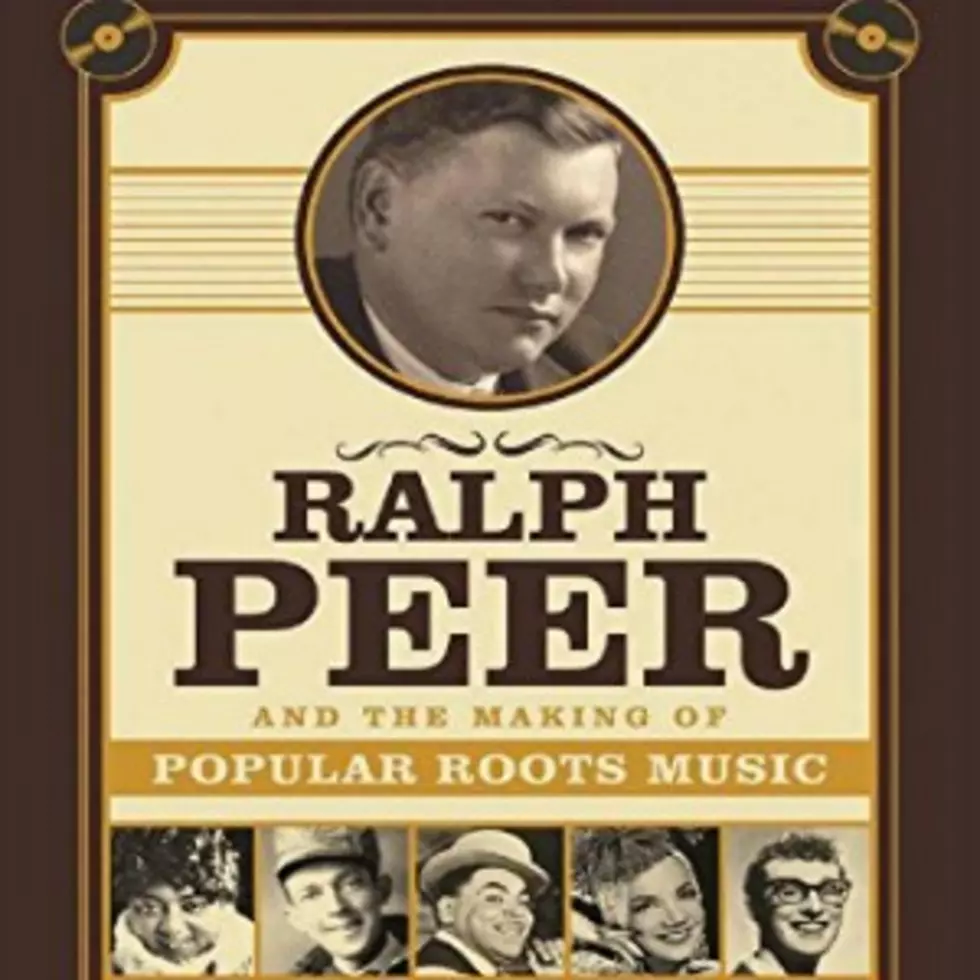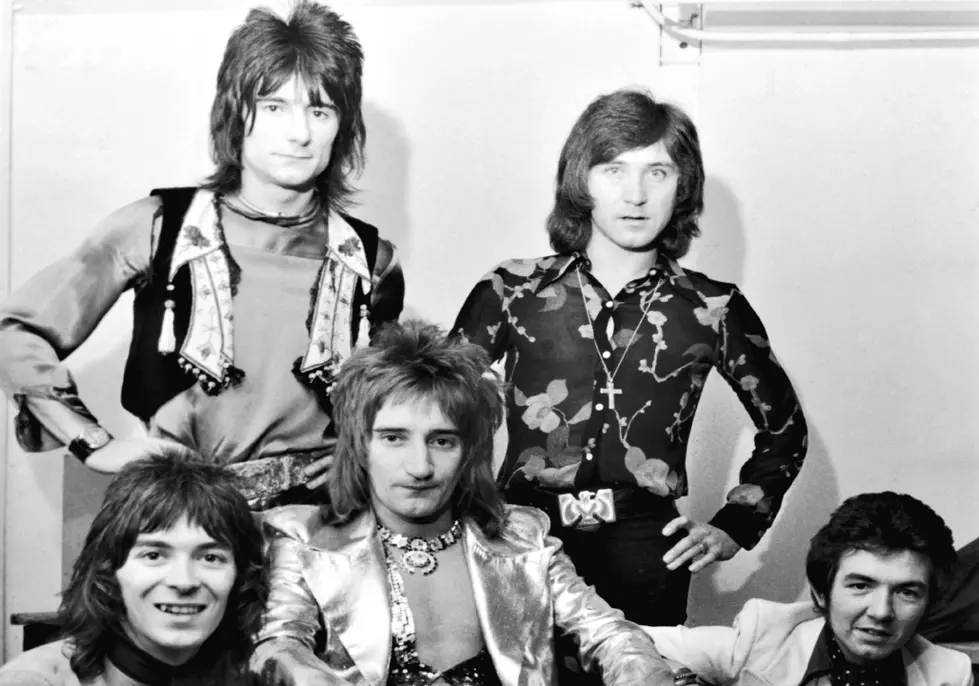
The Roots of Indie: Ralph Peer
It's a strange phrase. All music is independent, after all. When I sing in the shower I'm holding my own indie concert. That's not what we mean by "independent music," of course, but nailing down a definition can be challenging. Is Jack White still indie even though he's a partner in a major online player? How about the Black Keys, who record for a major label subsidiary and fill arenas?
I'll leave that debate for the comments section, but if I polled 20 people my hunch is that most responses would bunch up around "alt-indie is the music that isn't played on Top 40 radio." That's a horrible definition but it gets us in the ballpark, and more importantly it points us in the direction of the father of independent music as we know it: Ralph Peer.
Peer is an odd candidate for a man who changed the musical world. He was born in small town Missouri -- a town named Independence -- in 1892, and started his career in the music industry at age 11. Granted, those early years were spent doing the kinds of menial tasks that a young kid could handle – gopher work -- but young Ralph was in the game.
In his late 20s, Peer was hired by OKeh Records (pronounced "Okay Records"), a small label when compared with major players like Columbia. OKeh was already in the business of trying to find niches that the big boys weren't filling, releasing foreign language records that didn't sell in big enough quantities to attract the majors.
Peer saw how his new company was filling a niche for German immigrants, for example, and this led to his stroke of indie genius: What other audiences are being ignored? What homegrown music is being overlooked by the majors?
Keep in mind that this wasn't some kind of anthropological effort to preserve history, nor was it the magnanimous act of patronage. Peer was out to sell records and make money for OKeh, and finding untapped audiences was a way to do it.
The young record executive’s first major success was in the underserved African-American market. OKeh’s 1920 release of “Crazy Blues” by Mamie Smith and Her Jazz Hounds wasn’t the first recording of a black artist; however, it marks the beginning of what came to be known as “race records,” or songs cut by African-Americans for African-Americans. It’s a landmark recording, often cited as the first true blues record, but Peer described it as “the most awful record ever made, and it sold over a million copies.”
In his outstanding biography, Ralph Peer and the Making of Popular Roots Music, author Barry Mazor writes, quoting an earlier author:
From the moment of the release of the first Mamie Smith record, dealers soon “began to report a curious trend….Negro Pullman porters on trains going South invariably left New York with as many as twenty-five records a piece” for resale down South. “Mr. Peer went south to investigate [and] found a) that the Negroes were buying records of their own people in great quantities and b) that the Negroes of Richmond, Virginia invariably referred to themselves as “The Race.”
It’s all right there: The birth of the recorded blues as “race records”; records being traded outside of the major label distribution channel; and the dawn of the focus on regional scenes. Reading the history of Ralph Peer is like watching the first indie fish leap to shore and begin to walk.
Reading the history of Ralph Peer is like watching the first indie fish leap to shore and begin to walk.
Recording local artists presented both logistical and technical challenges in the 1920s. Bringing what amounted to part-time musicians to New York for recording sessions was cost and time prohibitive, but portable recording equipment of the era wasn’t up to professional standards. Peer’s team at OKeh built from scratch the first truly portable studio, with equipment that could be hauled around the country in trunks and set up virtually anywhere. The gear required no electricity; rather its mechanical motors were powered by weighted pendulums, like a clock.
This allowed Peer to roll into town, set up his portable studio in a hotel, and put the call out for local talent. During a 1923 trip to Atlanta he cut the first ever blues side recorded in the South, Lucille Bogan’s “The Pawn Shop Blues.” Mazor notes that Bogan “would soon emerge as a queen of blues records so sexually explicit that they still carry parental advisory warnings in the twenty-first century.”
On that same trip he recorded a local artist named Fiddlin’ John Carson playing “The Little Old Log Cabin in the Lane.” Peer wasn’t convinced of Carson’s commercial viability, but a local OKeh representative name Polk Brockman convinced him that he could sell 500 copies in the Atlanta area. Brockman was wrong : He didn’t sell 500 copies, he sold 10,000. The team accidentally invented the hillbilly record genre.
By 1927 Peer had moved over to Victor, one of the major labels, doing the same kind of work as he had at OKeh. He took his crew down to Bristol, Tennessee, newfangled electric recording equipment in tow, and set up shop. If developing the hillbilly and blues genres was huge, what happened next can only be described as enormous. During the Bristol sessions, Peer recorded both the Carter Family and Jimmie Rodgers, and country music as we know it was born.
Over the next 35 years Peer continued to push into new markets, discovering and defining trends. He was a key player in the Latin music craze of the mid-20th century, and expanded his operations throughout the world. He even saw his early experiment with Fiddlin’ John Carson and hillbilly music merge with a new trend, rock and roll, and become something altogether new: rockabilly.
“New” was the key to Peer’s thinking. In 1955 he wrote to folklorist John Greenway:
As a pioneer in this field, I perhaps set the pattern which has resulted in a really tremendous new section of the Amusement Industry. I quickly discovered that people buying records were not especially interested in hearing standard of folkloric music. What they wanted was something new – built along the same lines.
From R.E.M. reinventing the Byrds and Soundgarden turning Black Sabbath into grunge to Mumford and Sons going electric, we’re all just following the template Ralph Peer laid down almost a century ago: Make it new, but build it along the same lines.
More From Diffuser.fm









